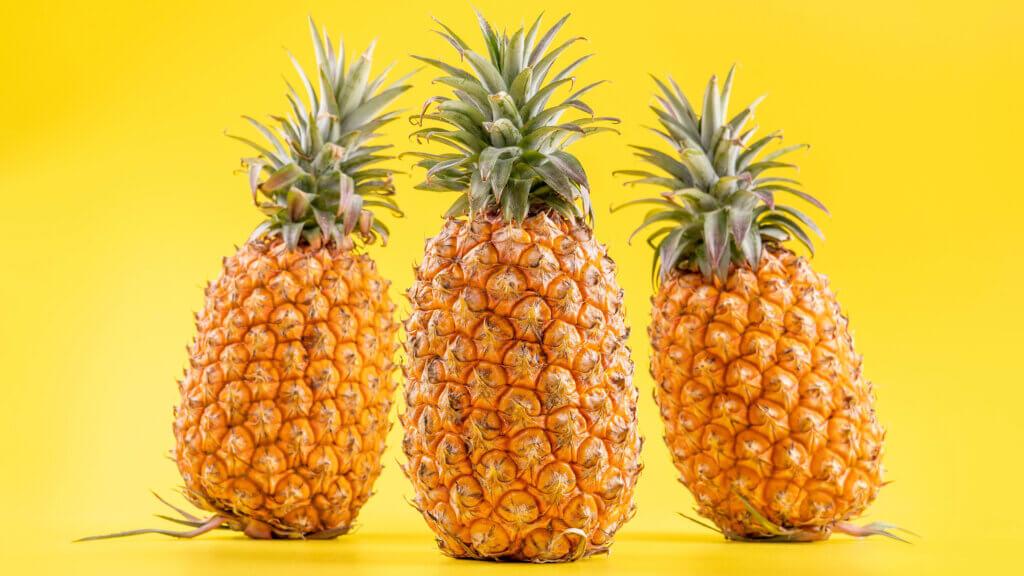Most of us can picture a banana tree: large tropical leaves, a cluster of bananas drooping down, growing just like grapes or apples. That’s what we’ve seen in books, cartoons, and perhaps even on farms.
But brace yourself—this is where the Mandela Effect kicks in.
The Memory
Bananas grow downward.
Ask around, and you’ll find that many people vividly remember bananas growing down from banana trees, hanging naturally with the curve facing toward the ground. This makes intuitive sense—fruits typically grow with gravity, not against it.
In fact, people remember seeing it in nature documentaries, video games, cartoons, and even on food packaging. The “downward” banana cluster image is hard to shake.
The Reality
Bananas actually grow upward.
Despite what we remember, bananas grow in an upward direction, with the tips of the fruit pointing toward the sky. This growth pattern is due to a phenomenon known as negative geotropism—instead of growing in the direction of gravity like most fruits, bananas grow in the opposite direction to catch more sunlight.
That’s why banana bunches curve upward, not down. And that upward curve is a biological adaptation, not just a quirky shape.
You can easily verify this by searching for photos of banana plants in the wild or in agricultural fields. You’ll see the banana hands growing upward, not drooping down like grapes or apples.
Mandela Effect people claim bananas are growing wrong#MandelaEffect pic.twitter.com/YxHcz3gv5H
— AVK (avk.bsky.social) (@VaxxersAnti) June 21, 2022
Bananas grow upside down in this reality now. This Mandela Effect is enough to make anyone go bananas lol #MandelaEffect #bananas #upsidedownworld #lol #realityshift #CERN #StrangerThings #Tesla #dimensionalmerge #Dimensions #Timeline #weird #memory #universe pic.twitter.com/61ACMkBrsd
— Santhosh CHRiS – jackbliss (@Santhosh_CHRiS) November 10, 2018
MANDELA effect! HOW do bananas grow? UPward or downward.
— Sayne Topiks (@SixSquids) December 22, 2021
NOW:
google image that shit. New Normal?
Bananas used to grow downward. Now they grow upward. Mandela Effect.
— UfoGuy SpaceMan (@UfoguySpaceman) July 28, 2023
In the Book of Enoch chapter 80 the strange reality shifts are described. Moon and stars, like the moon acting strange (it doesn't have a face anymore!). Mandela effect changes, fruits growing upside down (google bananas on trees).
— ♡✰❤Veronicat♡❥♡ ✌ (@Veroniquehh) September 8, 2018
Try This Yourself
Next time you’re on Google, search “banana plant growing” and see the direction for yourself. Or better yet, if you’re near a tropical region, find a banana grove and see how the fruit behaves in the wild.
What Do You Remember?
Did bananas grow down when you were younger? Were you taught otherwise in school or by a parent? Let us know in the comments below—we’d love to hear how this one hits you.





